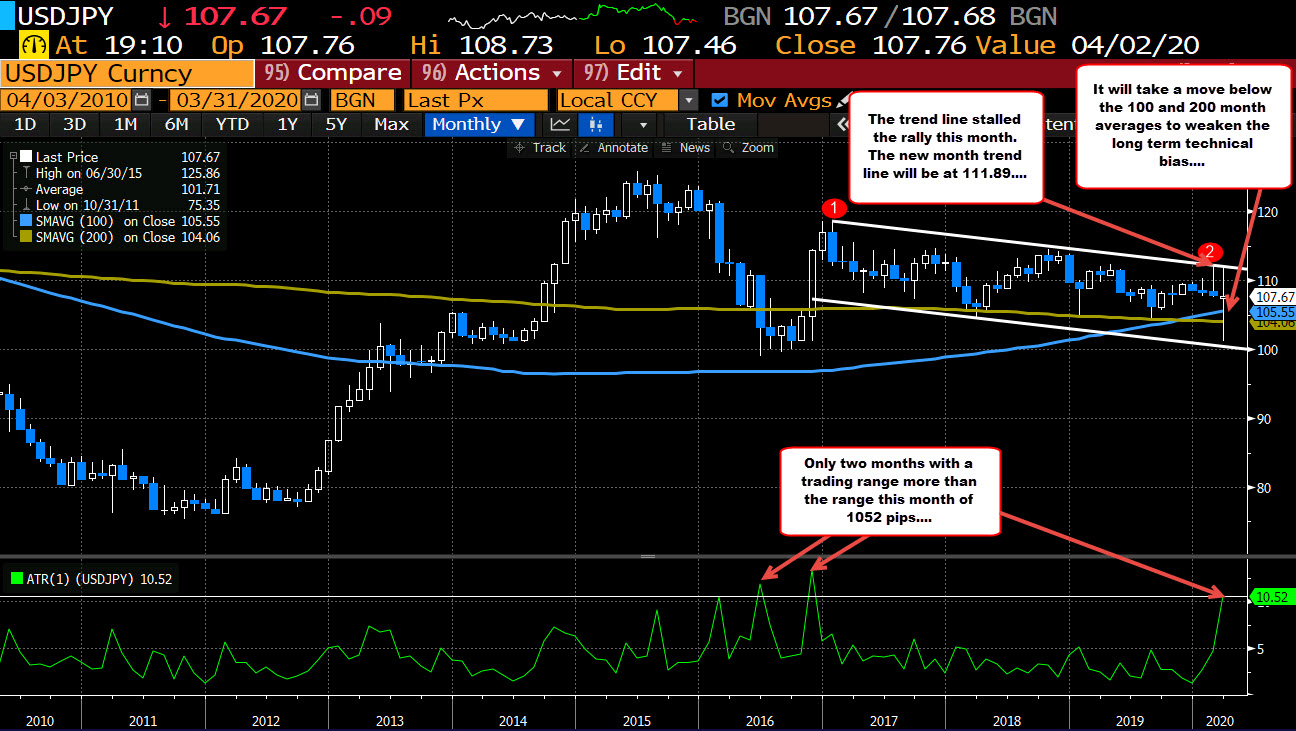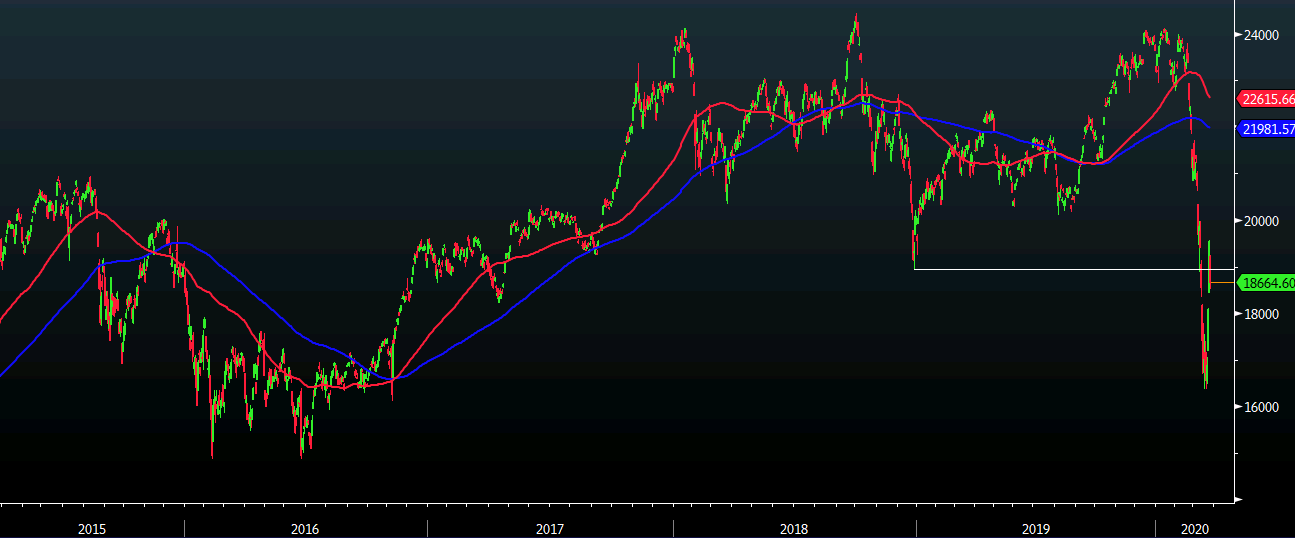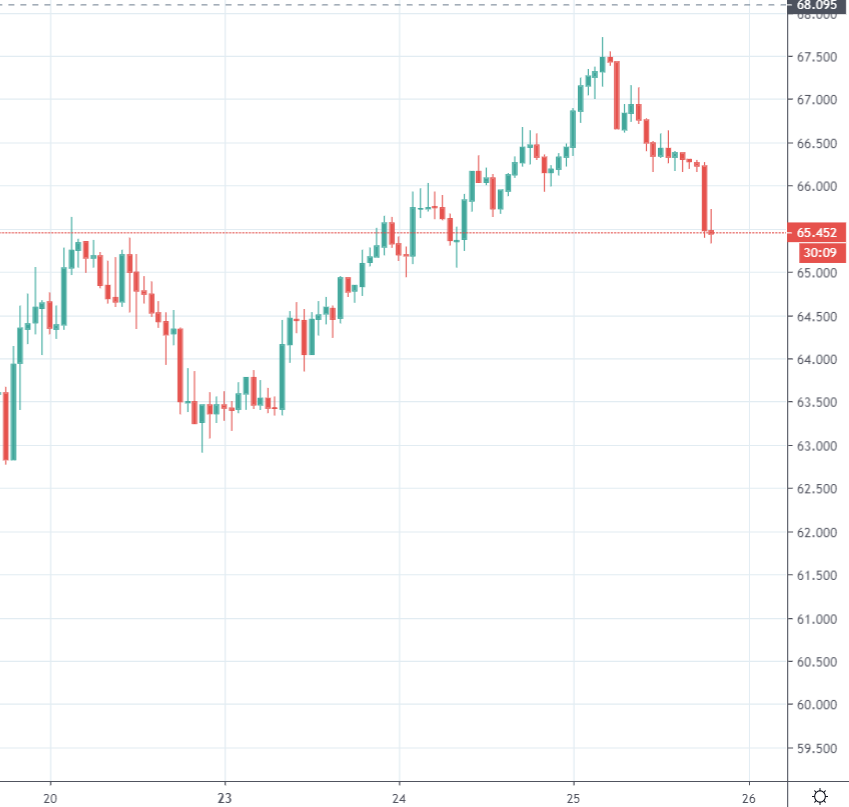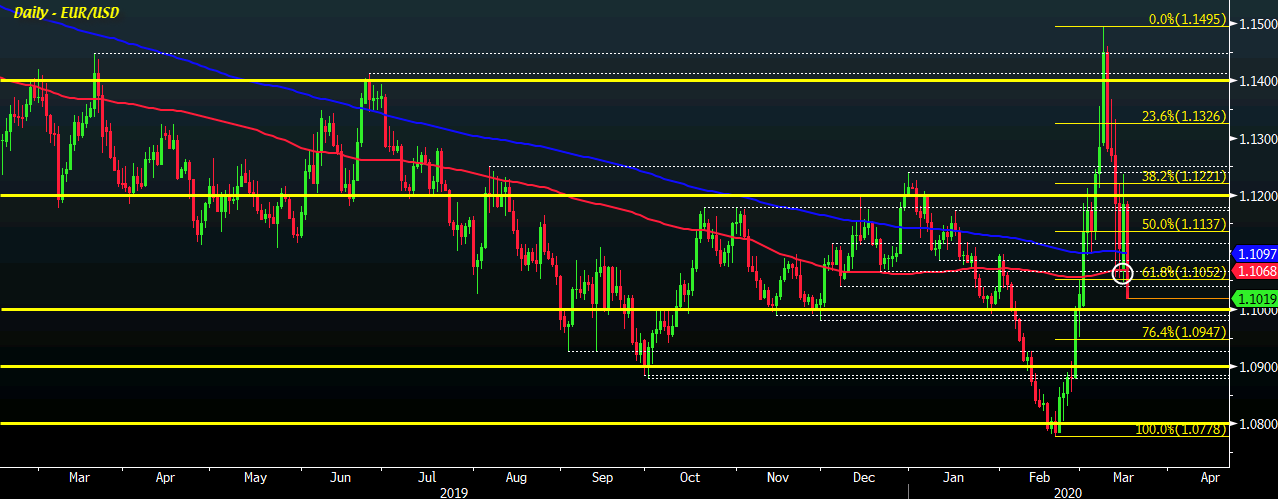Risk is faring better as the US reaches a stimulus agreement

The dollar continues to sit at the bottom but is accompanied by the yen and franc on the day, as risk is keeping more optimistic to start European trading.
The aussie, kiwi and loonie have extended gains after the US reached a bipartisan agreement on the stimulus package to combat the economic fallout from the virus outbreak.
AUD/USD is back above 0.6000 as price also holds above both the key hourly moving averages, hinting that the near-term bias is now more bullish.
The pound is also continuing to capitalise on the weaker dollar after a solid performance yesterday, with cable now rising above the 1.1800 level.
But besides the aussie and kiwi, the other major currencies are sitting in a bit of a limbo against the dollar. Sure, they are paring losses against the greenback from over the past few weeks but the near-term technical picture remains more complicated.
As things stand, they are all (except the yen) sitting in between both the 100 and 200-hour moving averages against the dollar so far on the week still.
This points towards a more mixed mood that any significant dollar retracement may still be fleeting as the market continues to deal with the virus fallout.
As such, I would argue that we’re still a bit caught in the middle between a full-on ‘retracement week’ and a ‘early rally, late fizzle’ kind of week at the moment.
But for now, risk is sitting in a better spot but it is still too early in the day to draw conclusions. We have to wait and see what Wall Street has to say as well later today.








